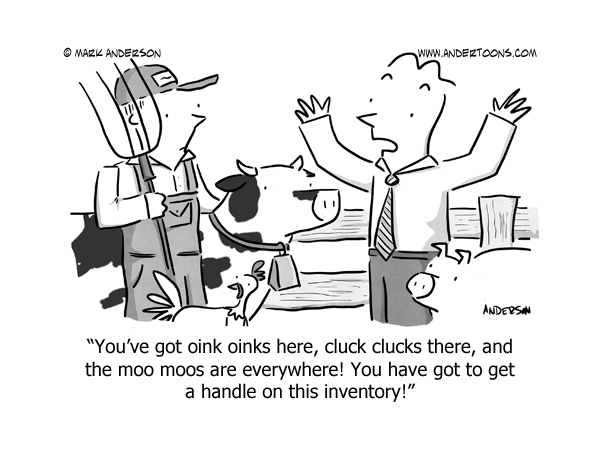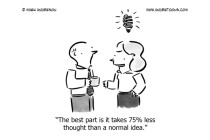As food demand is set to increase sharply over the next 15-30 years, agriculture continues to look for opportunities to fine tune farming methods to boost production. Previous articles have discussed LED use in agriculture with a focus on how spectrally-tuned LEDs can promote crop growth, reduce energy costs, and boost urban farming options. But what about livestock farming? It turns out that many of the same benefits associated with using LEDs in crop farming actually apply to dairy cattle, swine, aquaculture, and poultry farming. The key is being able to easily adjust the spectrum of light for each animal, such that it boosts things like growth, productivity, reproductive behaviours, and overall development, while also reducing energy costs in order to deliver higher profits to farmers.
Businesses like Once Innovations promote lighting systems specifically for use in livestock farming that promise improved feed conversion, increased productivity, enhanced animal welfare, and reduced energy costs. Not only can LEDs be customized to accurately replicate sunlight, they can also be optimized for spectrum, irradiance and modulation that is animal-specific. The science behind it all makes use of the important differences among an animal’s response to different spectrums of light.
For example, humans are tri-chromants, in that we are sensitive to red, green, and blue spectral energy. Humans rely on retinal reception of light and absorb photons through rods (rhodopsin), cones (iodopsin), and melanopsin. Chickens absorb photons retinally, the same way as humans, but they also absorb photons through photoreceptors located in the pineal gland on top of the brain (pineal reception), as well as through deep encephalic photoreceptors (hypothalamic reception). Domestic fowl are sensitive to green, red, blue, and ultraviolet (UV) light, thus making them them quad-chromants. Each colour has a specific physiological effect. At an early age, growth rate is significantly affected by green light. Later-stage growth is affected by blue light, which also tends to improve feed conversion (by as much as 4%). Red light helps minimize leg disorders by increasing locomotion and is said to lengthen peak production periods and increase egg production by up to 38 eggs per hen.
Another major benefit of LED-equipped barns is a decrease in energy consumption. Kate Farley, representative for the American Council for an Energy-Efficient Economy (ACEEE), suggests that switching from near-obsolete incandescent bulbs to LED could result in energy savings of approximately $2000 per barn and that’s not including any rebates, grants or other funding that may be available. A case study conducted by Dr. Joey Bray of Steven F. Austin University in Nacogdoches, Texas compared energy savings between Once Innovations’ AgriShift LED technology and existing incandescent and high-pressure sodium (HPS) lights on a meat-producing chicken farm. He found that the average farm of this type, using traditional incandescent/HPS lighting solutions consumed 3837 kWh per flock per year. Equipping the same farm with AgriShift LEDs used 109 kWh, which works out to a savings of more than 95%. Extending this industry-wide could see savings of 2B to 5B kWh across the entire United States – this is equivalent to the output of one entire nuclear power plant. Similar energy savings have been established for pork farms, as well.
Large-scale adoption of LED lighting in the agriculture industry has been slow, potentially due to the higher upfront costs. Establishing performance standards, ideally making LED-based agricultural lighting eligible for utility energy-savings rebates, could help to break down some of those cost barriers and encourage more farmers to retrofit their farms. Efforts in this regard are already under way in the U.S., with several utility companies already expressing interest.
In the near future, a visit to the farm may result in a double take or two when coming across what appears to be wildly-coloured chickens or pigs as they bask in shades of red, green or blue barn lighting. It just goes to show you that when seen in the right light – preferably an LED light – anything is possible.
About The Author

-
Serial Entrepreneur, Technologist and Inventor.
My objective is to develop useful products that have a net positive effect in the lives of those that use them and the environment that we live in.
CEO of Mission LED Lighting Company Ltd.
- 2017.05.24LED factsWhy Are Cars Switching to LEDs if They’re Too Bright?
- 2017.05.09Be green & saveHow to Easily Replace T8 Fluorescent Tubes With LED
- 2017.03.07Build a better future7 Things About Explosion Proof LED Lighting You Should Know
- 2017.02.28Be green & saveWhy We Love LED Grow Lights (And You Should, Too!)





Leave a Reply